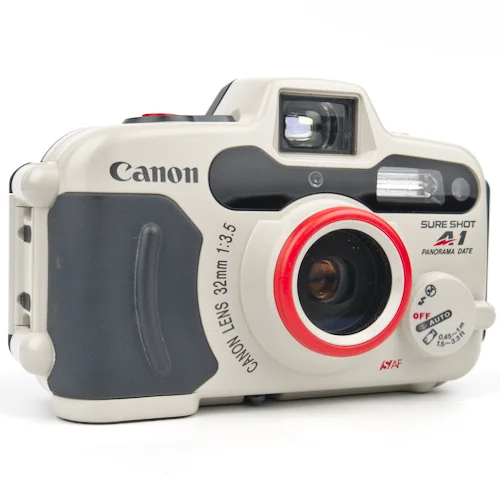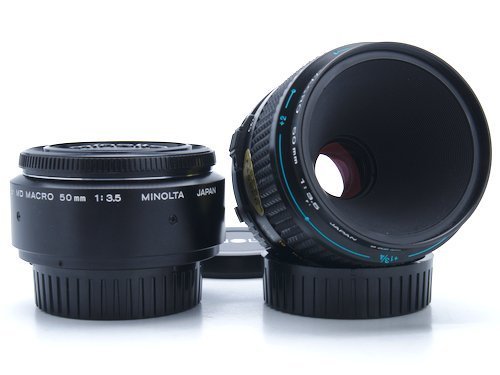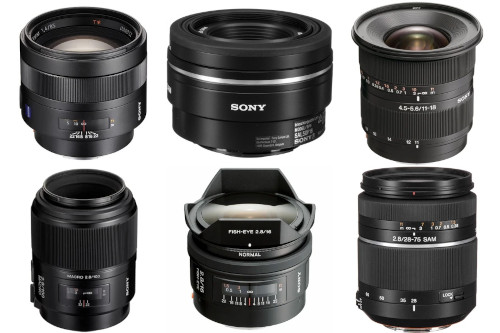
The 6 Best Lenses for the Sony A58
- Nathaniel Stephan
- Sony a58
- April 10, 2020
Table of Contents
The Sony A58 is a great Single Lens Translucent camera. If you don’t already own a lens for your camera or are searching for another lens, this page will go over the top 6 lenses to have for your Sony SLT-A58.
Affiliate Advertising Disclosure
Outside the Shot is a participant in the Amazon Services LLC Associates Program, an affiliate advertising program designed to provide a means for sites to earn advertising fees by advertising and linking to Amazon.com.
As an eBay Partner, I may be compensated if you make a purchase. I also participate in affiliate advertising programs with KEH and Adorama. More can be found on the Affiliate Disclosure page.
Standard Primes
Sony 50mm f/1.8 SAM DT
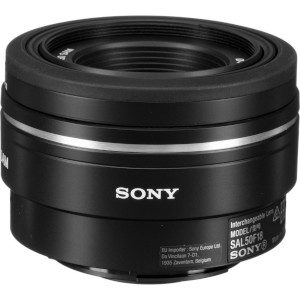
- Outstanding optics.
- Small and light weight.
- Can be difficult to find new.
- Smooth Autofocus Motor (SAM)
- Circular aperture.
See current price and more information on:
The perfect combination of light weight and very compact size. The built-in autofocus motor is quieter and faster than earlier lenses that use the coupled autofocus drive system.
The rounded aperture blades allow you to close down to f/4 and keep an almost circular aperture. This results in beautiful bokeh and more flexibility in managing your depth of field.
Minolta Maxxum AF 50mm f/1.7
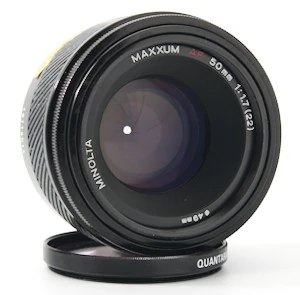
- Built-in lens hood.
- Amazing value.
- Light and compact.
- Widely available used.
- Coupled autofocus.
See current price and more information on:
This is among the first lenses from when Minolta initially launched the A-mount for autofocus. On account of how old the lens is, the autofocus is driven by a motor built into the A58.
Physically coupled autofocus can be sluggish and fairly noisy. In the event that that’s not a huge concern for you the output is fantastic. {The bokeh is pleasing and you’ll get a classic image rendering|You’ll end up getting pleasing bokeh and a classic rendering.
Another significant advantage of the lens is the cost. It’s substantially cheaper when compared to the Sony 50mm f/1.8 and on top of that might possibly be the least expensive lens listed.
Sony 50mm f/1.4
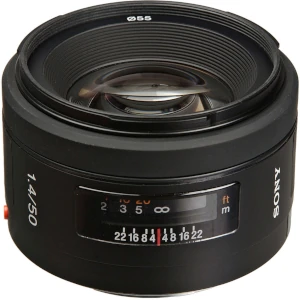
- Outstanding optics.
- Optical multi-coatings.
- Circular aperture.
- 55mm filter threads.
See current price and more information on:
Slightly faster than the Sony f/1.8, but that can certainly be important when you’re shooting without much light. That definitely comes at an increased expense.
It is still a compact and light lens that balances well on the A58 and can fit into virtually any camera bag.
A somewhat less expensive alternative is the Minolta AF 50mm f/1.4. Keep in mind that they can be really difficult to purchase in usable condition. The lens also was constructed with coupled autofocus, which is slower and louder than lenses that were designed with built-in motors}.
Portrait & Telephoto Lens
Sony 85mm f/1.4 ZA
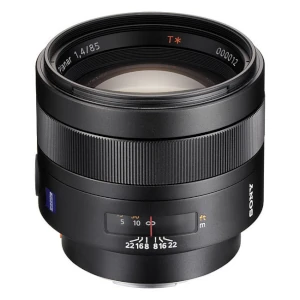
- Incredible bokeh.
- Excellent value used.
- T* coating to reduce flare and increase contrast.
- Astonishingly sharp wide open.
See current price and more information on:
Sony sought to exhibit what the A-mount is capable of with this lens. The lens was produced by Zeiss. The ZA (Zeiss Alpha) means that Zeiss developed the lens only for the A-mount.
This is a spectacular lens. Corner-to-corner sharpness with stunning color that delivers astonishing portraits.
Potential downsides are that it is fairly heavy because it’s built like a tank and it can be slow to autofocus at times. Keep in mind, that you will find those same issues with any 85mm f/1.4 lens.
Minolta Maxxum AF 85mm f/1.4
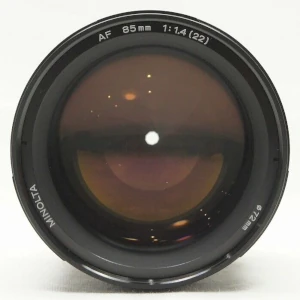
- Possible to find a good used deal.
- Superb image quality.
- Uses autofocus coupler.
- Double-Gauss design.
See current price and more information on:
In terms of cost, the lens sits between the others. Locating a used copy in good usable condition can at times be hard due to a limited supply available.
The lens does have autofocus, but it uses a mechanical coupler and is driven by an in-camera body motor. This means the lens will be a bit noisy and sluggish.
A Double-Gauss optical design is older and only contains a total of 6 elements. A benefit to this is that images have a distinct look that are unable to be created by contemporary lenses that consist of far more elements.
Sony A58 Zoom Lenses
Sony 28-75mm f/2.8
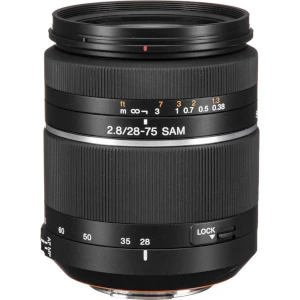
- Very usable zoom range.
- Great value used.
- Constant aperture.
- Smooth Autofocus Motor (SAM).
See current price and more information on:
A fast zoom lens that is ideal for night events, travel, indoor shooting, and family photos. It is a well built lens with fairly quiet autofocus.
It often gets compared to the excellent Zeiss 24-70mm, but it’s close to half the weight and costs considerbly less. Both lenses produce professional photos.
Sony 55-200mm f/4-5.6 SAM DT
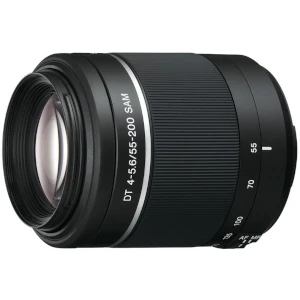
- Telephoto zoom range.
- Great for portrait or wildlife photography.
- Smooth Autofocus Motor (SAM).
- Inexpensive.
See current price and more information on:
A cheaper solution that still produces impressive results. Even though it is not a pro lens, so so long as you do not require high end technology, it is a great lens.
For a mid-range telephoto zoom, it has a very good range for capturing photos of wildlife, children outdoors, and sports.
The autofocus is quick and it creates tack sharp photos. It’s constructed out of mostly plastic, which will help minimize weight.
Sony 75-300mm f/4.5-5.6
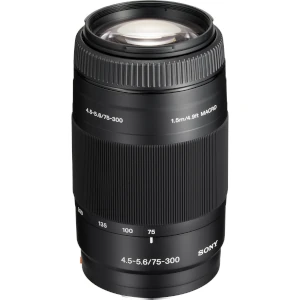
- Super telephoto zoom lens.
- Great for portrait or wildlife photography.
- 2.81 inches in diameter and 4.81 inches long.
- 55mm filter threads.
See current price and more information on:
This is a super-telephoto lens due to the large zoom range. It’s an outstanding inexpensive choice for any time you want a lots of reach.
It’s 2.8 inches (7.1 cm) in diameter, 4.8 inches (12.2 cm) long, and comes in at 1 pound 2 ounces (510g). While that is not by any means light, many professional telephoto zooms are many times that weight.
For a little bit better results try to find the Sony 70-300mm f/4.5-5.6 SSM ED G-Series, however plan on spending nearly twice the price.
Wide Angle Lens
Sony DT 11-18mm f/4.5-5.6
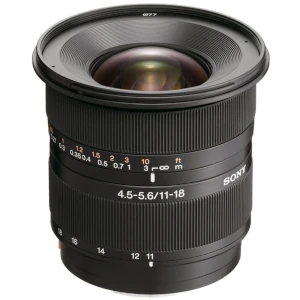
- Has a aspherical lens elements.
- Optical multi-coatings.
- Great value when purchased used.
- Circular aperture.
See current price and more information on:
Fantastic quality for the money if you want to be able to shoot terrific wide photos that a kit zoom cannot capture. Distortion, especially of straight vertical lines is minimal or non-existent unless you’re trying to create an distorted perspective.
In addition to being great at taking breathtaking landscapes, it’s a fantastic lens to travel with. The lens is wide enough so when you come across something you’ll be able to get everything in frame.
Sony 20mm f/2.8
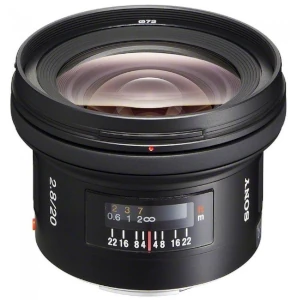
- Great for landscapes and architecture.
- Coated optics for clarity and definition.
- Rear focusing system for fast autofocus response.
- 72mm filter threads.
See current price and more information on:
It is a well engineered lens that does a terrific job of minimizing lens distortion. Furthermore, quite a lot of energy has been done to minimize flane and internal reflections.
The result is a great lens that is very good for astrophotography, landscape, and architecture photography. The lens uses rear focusing which means the front is not going to rotate meaning you will not have any issues using a polarizer or different filter.
Tokina AT-X 11-16mm f/2.8 DX II
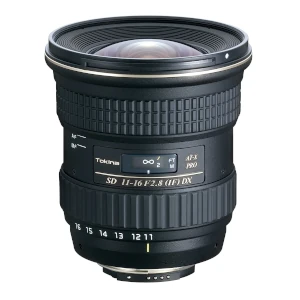
- Wide angle zoom lens.
- Hardened Alumite finish.
- Advanced optical coatings.
- All metallic moving parts.
- Designed for APS-C Sensors.
See current price and more information on:
It does not have incredibly fast autofocus, but the focus clutch helps make it a very good selection for manual focusing. A push or pull of the focus ring switches the lens from AF to MF.
The Tokina is faster compared to the Sony 11-18mm, which will not be a huge issue for architecture or landscape images. Where you will see a big difference is during astrophotography. That’s a situation where you will want to have the 1-2 stop advantage the Tokina gives you.
Fisheye
Sony 16mm f/2.8 Fisheye
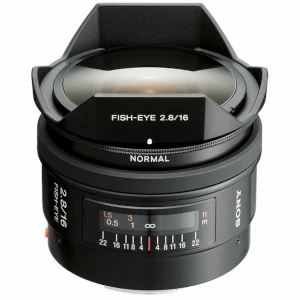
- Sharp corner-to-corner.
- 4 built-in filters: Normal, 056, B12, A12.
- 8 inch minimum focus distance.
- Aspherical and Extra-low Dispersion elements.
See current price and more information on:
Built-in filters are a really good addition due to the fact the lens has a fixed petal-style hood which prevents a lens filter from being mounted to the front of the lens.
- 056 - Accented contrast for black and white photos.
- B12 - Correct color by eliminating red tones.
- A12 - Correct color by eliminating blue tones.
This lens has nearly everything you could want from a fisheye lens. You can take advantage of the exaggerated distortion, but the image will remain sharp from corner-to-corner without vignetting.
Rokinon 8mm f/3.5 Fisheye
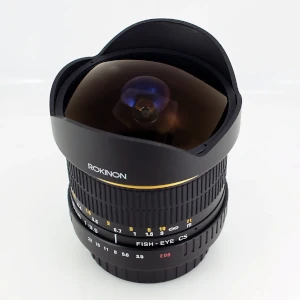
- Internal focus.
- 180 degree angle of view.
- Manual focus.
- Minimum focusing distance of 12 inches (0.3m).
- Designed for APS-C sensors.
See current price and more information on:
The lens contains a rounded front that means filters cannot be used. It has a removable petal-shaped hood that you will want to confirm that it is included if you get a used copy.
Build quality can be some what hit or miss because of the very affordable price of the lens. Most buyers are really happy with the photos they get. You’ll nevertheless want to fully test the lens when you get it to be certain that it isn’t defective.
Macro Lens
Sony 100mm f/2.8 Macro
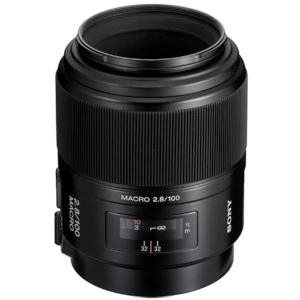
- 9 aperture blades.
- Focus range limiter.
- High contrast and resolution.
- 55mm filter threads.
See current price and more information on:
An excellent balance of price, size, and working distance for the Sony A58. The autofocus can be rather noisy, but for b taking macro pictures, manual focus is easier than using af.
For the optimal output at 1:1 magnification the lens really needs to be stopped down. By stopping down you will have a greater depth of field, which is essential for macro.
Sony 50mm f/2.8 Macro
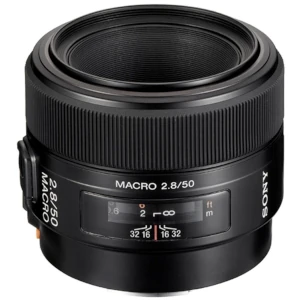
- 10.4 ounces (295g).
- Focus range limiter.
- Focus Hold button for full creative control.
- 55mm filter threads.
See current price and more information on:
A 50mm lens is not the best for 1:1 magnification as a result of how little working distance you will have. At 1:1 magnification, the front lens element will be approximately 2 inches (5 cm) from the subject.
This lens excels at copy work, tabletop, and close-up photography. It allows you to get closer to a subject than a 50mm prime, and that’s good for nature photography when you want to fill the frame with a smaller sized subject, for example a flower.
Tamron AF 90mm f/2.8 Di SP A/M 1:1 Macro
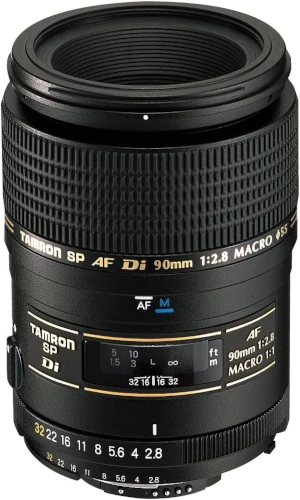
- Available in a variety of camera mounts.
- Improved resolution, chromatic correction, and optical coatings.
- Super Performance (SP)
- Focus clutch to switch between AF & MF.
See current price and more information on:
The focus ring feels great when manually focusing, and it also has autofocus. Stopped down 2 or more stops and you will get sharp images.
Furthermore, be mindful when shopping for this lens as it is offered in different camera mounts.
Used A-Mount Camera Lens Prices
Prices change quite frequently. During the previous couple of years, participation in film photography has been growing. As there are 35mm Minolta film cameras that use A-mount lenses, some upward pressure is put on the cost of lenses.
The Sony A-mount also doesn’t have a sizeable market share. That is why, there are a smaller amount of third party options available and the lenses produced by Sony are often on backorder.
To obtain the cheapest price on what you want, look at prices on several websites. For used lenses, be ready to make a purchase when you see a good deal as they won’t be available for very long.
What Lens Mount Does the A58 Use?
The Sony A58 uses the Sony A-mount. It’s also the same as the Minolta A-mount. The reason behind this is that Sony acquired Konica Minolta’s imaging division in 2006.
The A-mount was engineered by Minolta for the intro of interchangeable lens cameras with autofocus in 1985. It’s still in use to this day.
Standard Lens Cap Size
55mm, but really the filter sizes vary widely. Earlier Minolta lenses generally have 49mm filter threads.
There are also many lenses that have filter threads bigger than 55mm. It isn’t rare to see 72mm or 77mm. It would have been good if Sony used only 2 or 3 different filter sizes.
